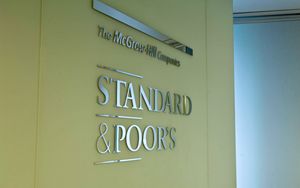(Finance) – Global credit markets are caught between competing forces. The propensity to downgrade remains high at the low end of the ratings spectrum, while default rates continue to rise. However, the price of market risk is improving ahead of likely rate cuts later this year by the world’s major central banks. This is what emerges from“Global Credit Markets Update Q1 2024: Competing Forces” released today by S&P Global Ratings.
The regional downgrade rate (downgrades divided by total rating actions) in the fourth quarter – notes S&P Global Ratings – was lower than during the same period in 2022. Nonetheless, overall downgrades continue to outpace upgrades, led by North America and Europe.
For the third consecutive quarter, the North America holds the highest percentage of downgrades (65%), the highest of 2023, but lower than that of the fourth quarter of 2022. The net bias (the positive bias net of the negative bias) is negative for all areas outside Asia-Pacific. It is more negative in the US than elsewhere, largely due to the higher concentration of US issuers rated ‘B-‘ or lower.
The issuers with the lowest ratings they face more immediate challenges due to high financing costs and slowing economic growth. The sharp decline in net bias in emerging markets in December was due to 23 additional negative Outlook revisions made last month. Of these, 78% came fromBrazilwhose Sovereign Outlook was revised from positive to stable in December.
In Europe, 2023 emissions exceeded 2021 and 2022 levels, but volumes gradually declined quarter after quarter. The fourth quarter of 2023 saw the lowest volume since 2018.
